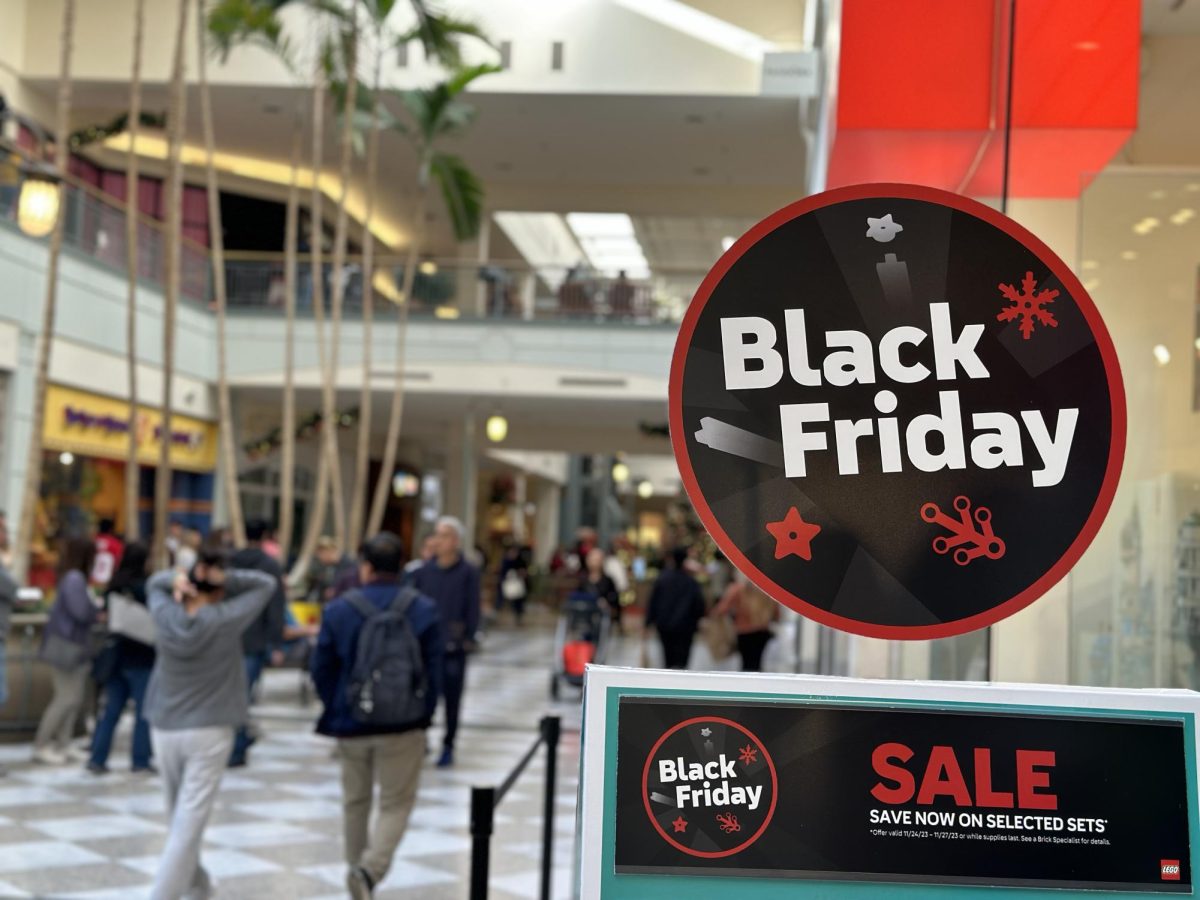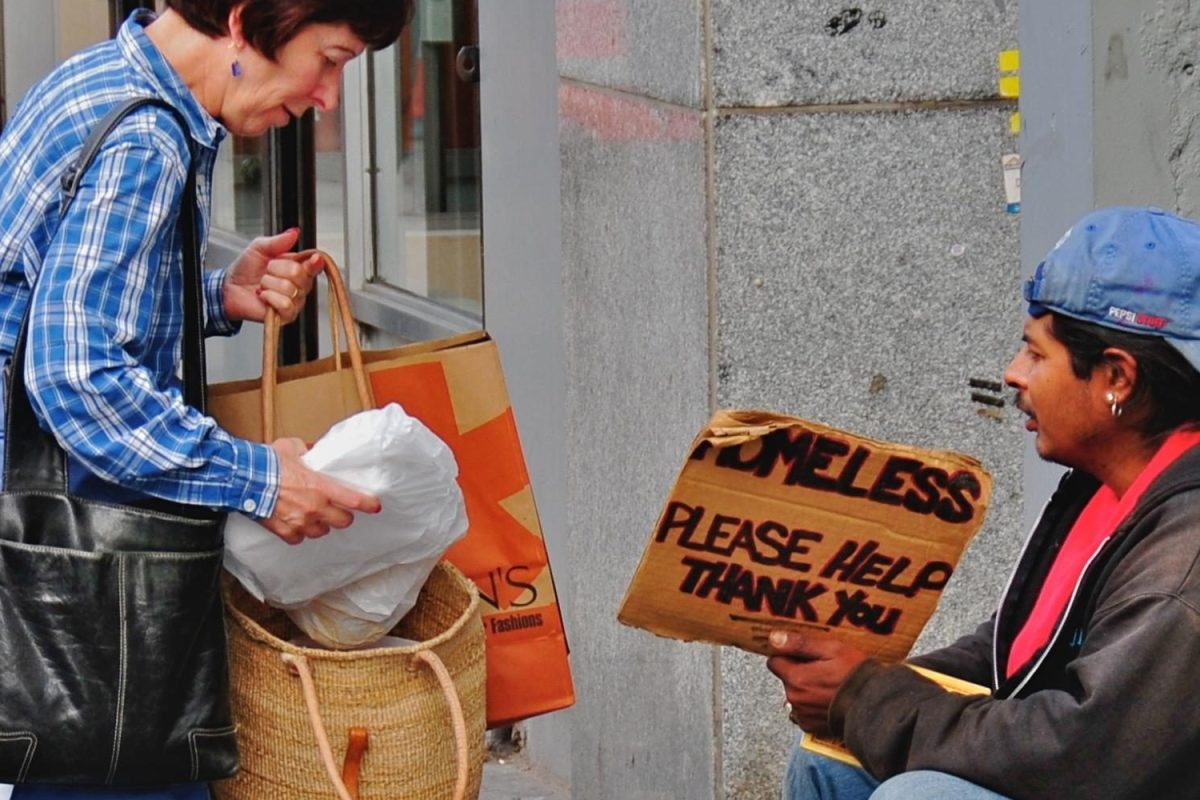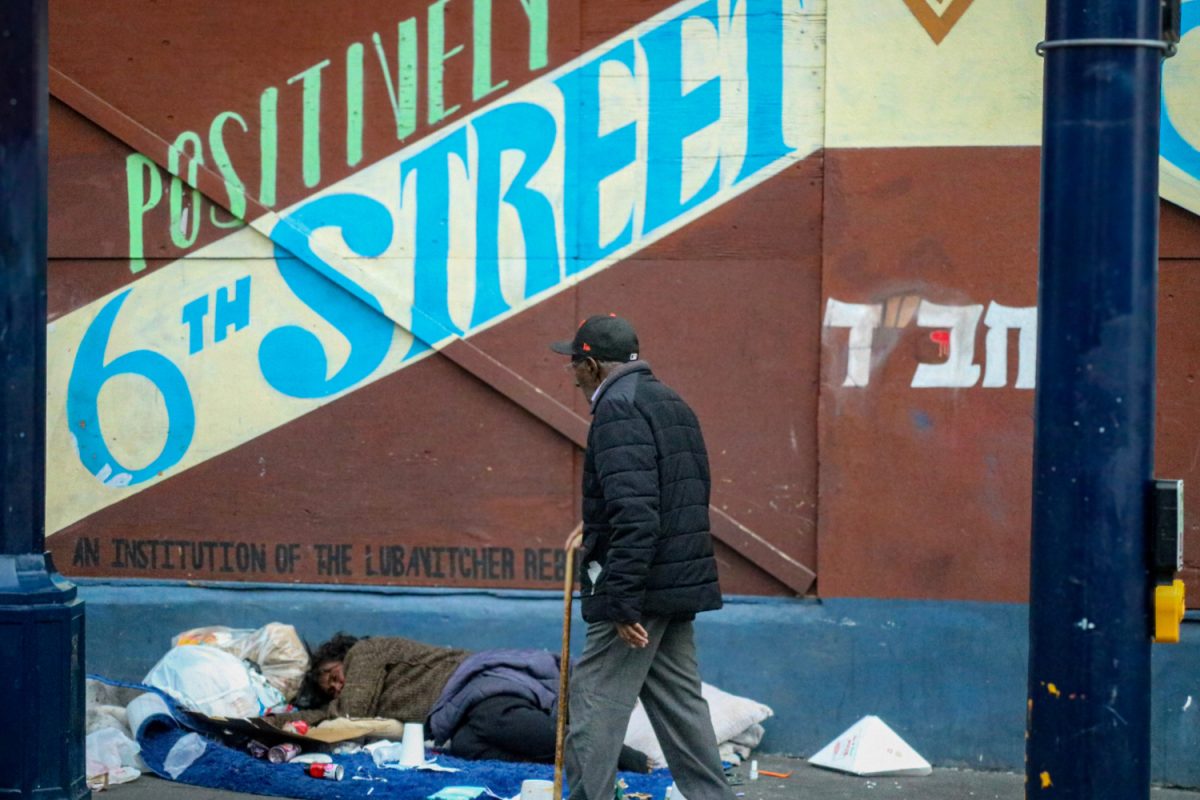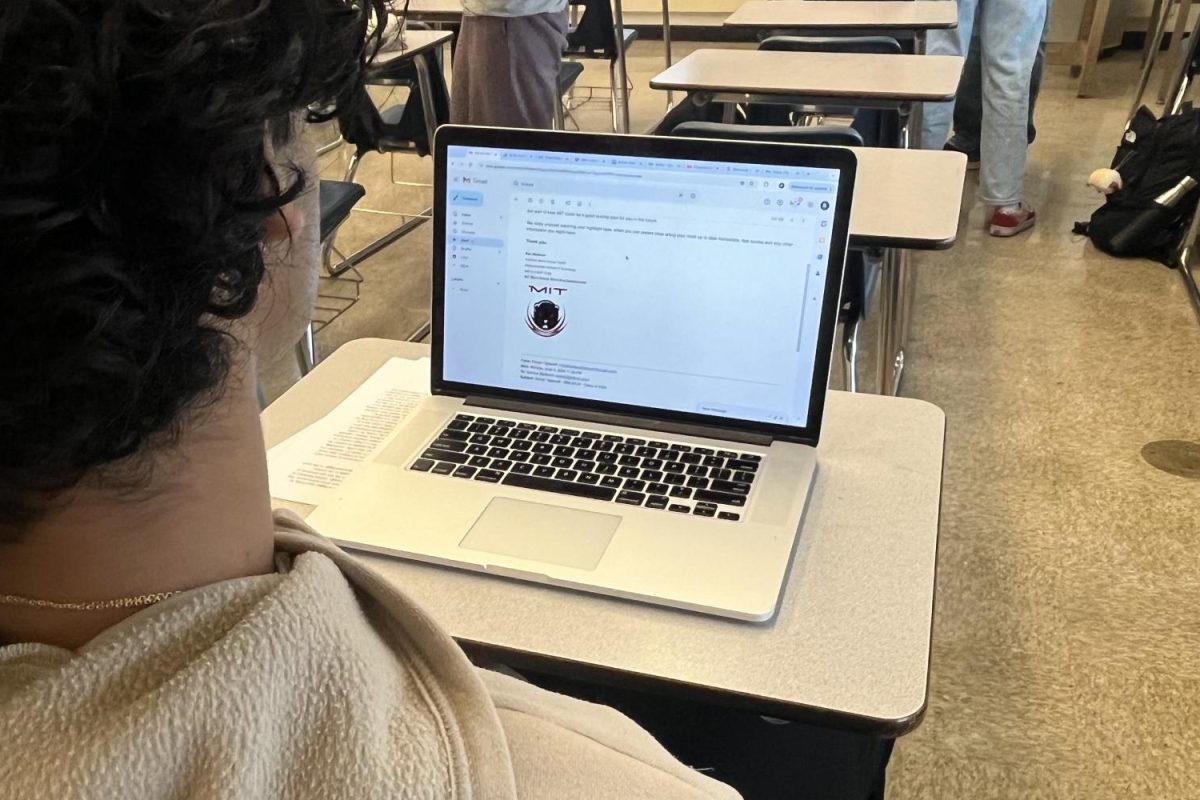Black Friday and Cyber Monday sales hit all-time highs this year as more customers seek great deals from major online and in-store retailers.
From Nov. 24 to 27, high discounts invite customers to physical retail stores and online platforms in an occurrence known as Black Friday.
Starting in the 1950s, workers would take the week of Thanksgiving off to spend time with their families and go shopping for the upcoming holiday season. Due to this mass phenomenon, “Black Friday” was used to describe the crowds and traffic congestion that accompanied the start of Christmas and Hanukkah shopping.
Today, sales for retail stores have risen over the past few years as Black Friday has extended to a week-long duration of discounts, and more people prefer to shop from the comfort of their screens. While inflation continues to rack up the price of consumer goods throughout the year, many people find Black Friday weekend deals a breath of fresh air when holiday shopping.
“As the price of Apple products rises, many people take advantage of Black Friday and Cyber Monday deals,” said Apple store employee Mike Delrosso.
One reason for the shift to online was the COVID-19 pandemic. Confining regular shoppers to their homes and forcing them to shop online also resulted in the further development of retail sites and online businesses taking root in the commercial world. In the fourth quarter of 2020 alone, e-commerce accounted for 16.7% of all retail sales, a record-high share.
“When everything shut down, retail was not an option,” said Kim Ciecko, the vice president of tabletop at Williams-Sonoma. “Bigger players like Amazon took advantage of that and quickly made online shopping the norm.”
As we move beyond COVID-19 in 2023, more people are returning to the outside world and in-person shopping. However, many businesses are choosing to prioritize both online and physical sales.
“Compared to other years when we opened at five o’clock in the morning, we opened at eight, and there weren’t as many people at the door,” Delrosso said.
Cyber Monday was included in 2005 to extend the duration of discounts and maximize retail sales. Due to the added time, stores can now minimize the traffic they previously experienced on Black Friday.
“Not only is our shopping event moving mostly online, but it’s also four days long to prevent traffic at our store,” Delrosso said.
The pandemic allowed significant players in the retail game to establish their hold over online sales.
Online retailers and cuisines have become the go-to shopping destination for many people in the past few years. Such sites took nearly 62% of all retail e-commerce sales in the third quarter of 2023, compared to about 59% a year earlier. However, some still prefer the opportunity to shop in person.
“I prefer to shop in a store on Black Friday so that I can see a physical selection and know what I’m buying,” said Scarlett Buchanan, a sophomore at Carlmont High School.
E-commerce levels fell as stores reopened after the pandemic’s peak, and consumers gradually resumed their old shopping habits, indicating that many people support this point of view. However, online shopping sales continue to trend upward during the Black Friday weekend. According to Adobe Analytics, consumers spent a record $9.8 billion online during Black Friday this year, marking a 7.5% increase over the year prior.
“I prefer online shopping because the selection of items is much larger and more convenient for people who can’t reach certain stores,” said Theo Scherer, another sophomore at Carlmont.
While the nature of Black Friday is shifting from in-store to online, the amount of shopping has yet to lower as increasing deals from major retailers such as Amazon and Apple incentivize early holiday shopping.
“It just feels perfect to get a good deal on something I wanted but couldn’t afford,” Buchanan said.
While the Black Friday weekend has ended, stores and consumers are gearing up online for the rest of the year’s biggest shopping season.
































